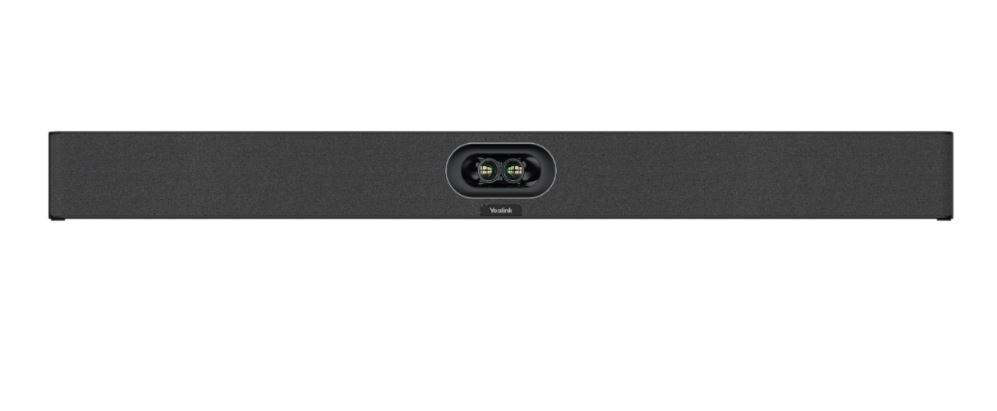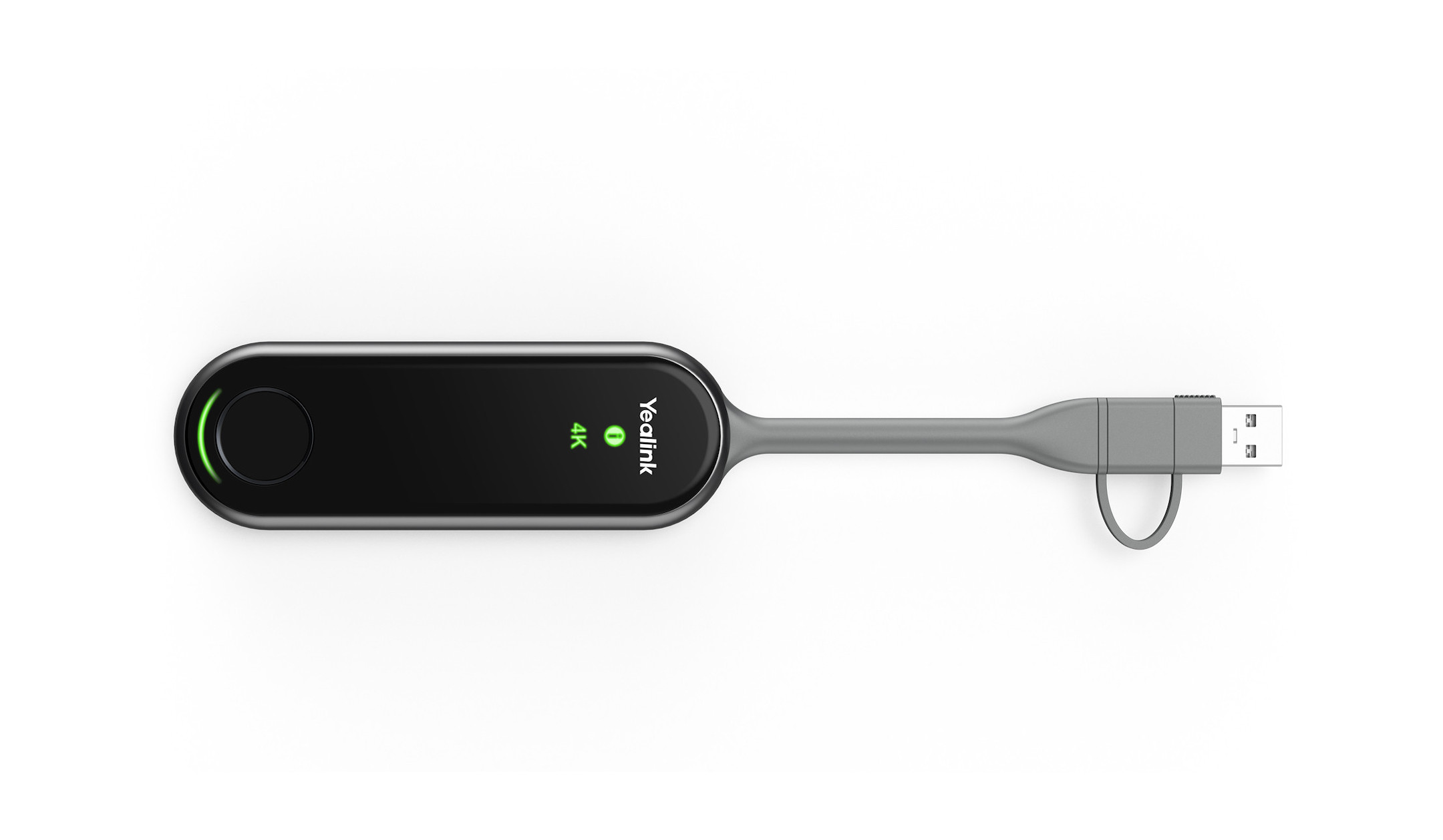











£1,128.00*
- Resolution 3840 x 2160 4K UHD
- Camera resolution 48 MP
- Field of view 120°


Frequently purchased together
Product information
The Yealink SmartVision 40 is an all-in-one smart conference camera designed specifically for small to medium-sized meeting rooms . Thanks to high-resolution dual camera technology, advanced AI features and integrated audio components , it offers you a professional yet simple way to hold meetings in the best possible quality. Whether for important customer presentations or daily team meetings, the SmartVision 40 makes every virtual meeting more productive and enjoyable.
An overview of the technical data:
- Dual-Eye camera system with 2× 48 MP lenses
- Ultra HD image quality through image stitching
- Intelligent AI functions (e.g. IntelliFocus, Video Fence)
- Built-in stereo speakers and 8 wide-angle microphones
- Up to 6 m voice detection, 4 m in high voice quality, expandable to 2 additional microphones
- AI noise and reverberation cancellation for clear audio
- Automatic privacy shutter for camera lenses
- Remote Device Management for remote maintenance and updates
- Easy installation (all-in-one design, wall or TV mount)
Two lenses for the perfect overview
The dual-eye camera system of the SmartVision 40 captures every participant in the room with crystal clarity – whether you are sitting in a small office or using a medium-sized meeting room. Image stitching technology combines the images from two 48-megapixel lenses to create an ultra-wide panoramic image that delivers maximum sharpness of detail and a full view of all meeting participants. This ensures that no one is overlooked.

Focus on what matters – thanks to intelligent AI
With the integrated IntelliFocus feature, the camera automatically detects who is speaking and zooms in on that person in real time. This makes you and your colleagues in digital meetings appear as lively and present as if you were sitting together around the same table. At the same time, the Video Fence function ensures that distractions outside the defined "virtual conference room" are simply blocked out. This allows everyone to focus on the most important thing: your content and arguments.
Excellent sound for productive conversations
The SmartVision 40 not only offers first-class images, but also a comprehensive audio experience. Thanks to high-quality full-duplex audio, intelligent noise and reverberation cancellation, and a precise voice pickup range of up to six metres, you and your call partners will always be heard clearly. If required, you can connect two additional microphones to increase the range in larger rooms and provide all participants with optimal acoustics.

Easy installation and secure privacy
Getting started with SmartVision 40 is easy: place the device in the desired location, connect it to the power and network, and your meeting can begin. The all-in-one design saves you complicated cabling and extensive setups. At the same time, your privacy is always protected: an automatic lens cover ensures that the cameras are only active when you want them to be. So you can be sure that your meetings will always remain discreet.
Future-proof meetings thanks to remote management
To help you keep your conference rooms modern and efficient with little effort, the SmartVision 40 integrates with a centralised management platform. This is where you conveniently manage updates, configurations and monitoring of your devices remotely. This way, your meeting environment is always up to date, and you can fully concentrate on your projects and your conversation partners.

With the Yealink SmartVision 40, you are choosing a state-of-the-art conference camera that enhances your meetings in every way – from brilliant image and sound quality to practical remote management and a privacy-friendly design. Use this intelligent solution to make your virtual meetings as lively and effective as possible.
Technical data
| Name | Yealink SmartVision 40 Conference Camera, 3840 x 2160 4K UHD, 48 MP, 30 fps, 120° |
|---|---|
| Article number | 1000031626 |
| GTIN/EAN | 6938818318212 |
| Manufacturer SKU | 1206656 |
| Model name | SmartVision 40 |
| Brand | Yealink |
| Product Type | Conference Camera |
| Resolution | 3840 x 2160 4K UHD |
| Frames per Second | 30 fps |
| Focus type | Manual & automatic focus |
| Camera resolution | 48 MP |
| Field of view | 120° |
| Inputs | 1x USB-A , 1x USB-B , 1x USB-C |
| Outputs | 1x 3,5mm Jack , 1x HDMI |
| wireless technology | WiFi |
| Weight | 5.5 kg |
| Colour | Black |
| Condition | New |
| Warranty type | Bringin service Service and support information |
Product safety
| Person responsible for the EU |
|---|
| ALSO Deutschland GmbH |
| Ernst-Heinkel-Str. 4 |
| 94315 Straubing |
| Germany |
| sales@yealink.com |




